The Final Days Onboard The Titanic Captured In Photographs
The RMS Titanic was the largest ship of its time, and we probably would have known far less about it if not for James Cameron’s 1997 award-winning film. Titanic gave a realistic portrayal of how the ship sank during her maiden voyage to New York.
In 1912, when the Titanic met her untimely end, photography was in its formative years. Consequently, cameras were expensive and rare, making photographs a luxury. Nonetheless, we’ll be taking glimpses into the few preserved pictures of the RMS Titanic.
Deep Sea Exploration Changed the Narrative
There have been other biopic movies about the sinking of the Titanic before Cameron’s 1997 blockbuster. However, the inspiration to create a film about the ship’s only voyage and merge it with a touching love story came to Cameron after a widely publicized exploration of the Titanic’s wreckage in the 1990s.
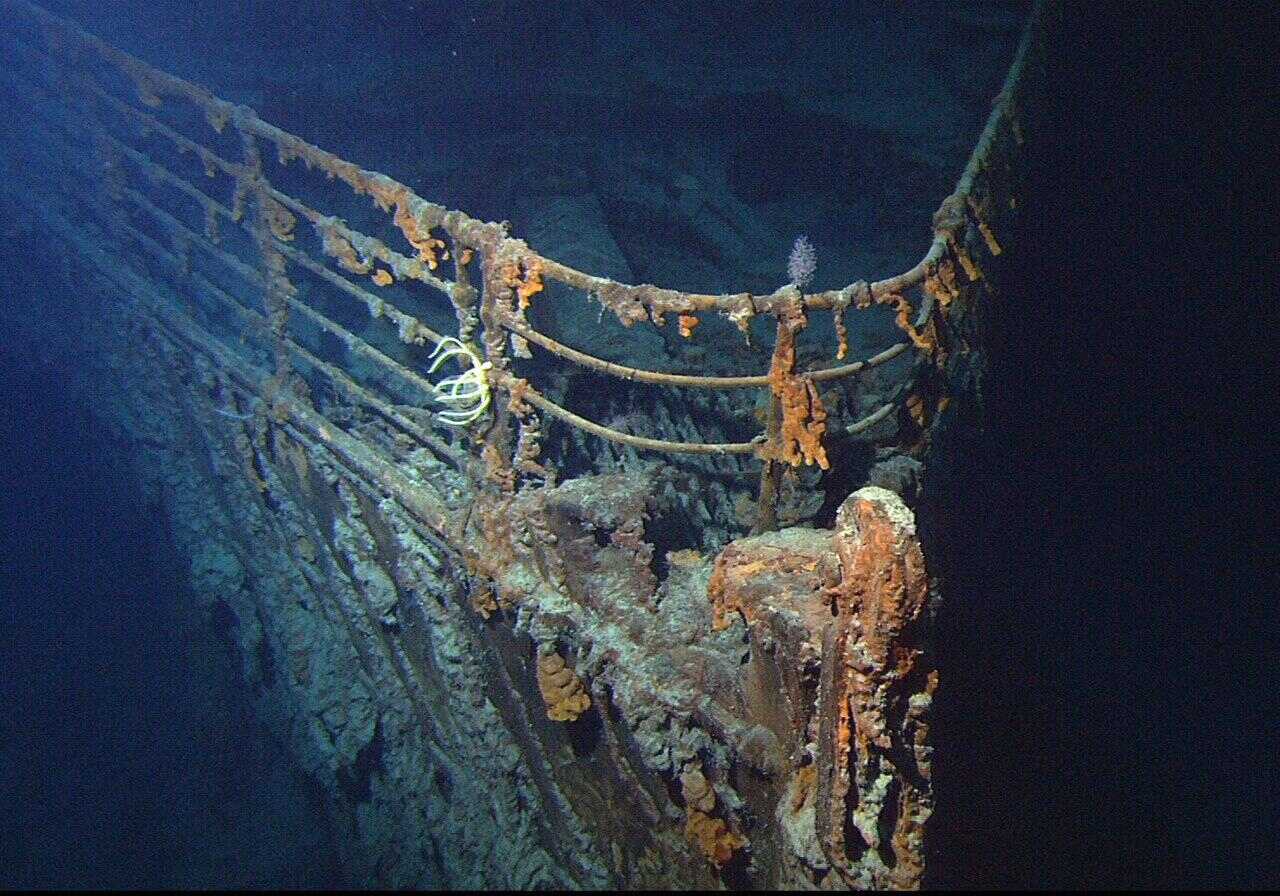
Source: Wikimedia Commons
Since the ship’s wreckage lay in one of the deepest trenches of the Atlantic Ocean, there was a need to develop submersible technologies that could support human life at staggering ocean depths.
Rapid Deterioration of a Pricey Piece
The average millennial learned about the RMS Titanic from hearsay and James Cameron’s Oscar-winning movie. Interestingly, most of these stories revolved around the sinking of the ship.

Source: Wikimedia Commons
However, in the earlier 1900s, the news making the rounds was the stately grandeur of the $7,500,000 ship. RMS Titanic was, at the time, the pride of human ingenuity. The public sentiments surrounding its construction were similar to what we would get if a cruise ship larger than the Queen Mary 2 was constructed in the 21st century.
It Had the Latest Technologies
The considerable price tag of the RMS Titanic made it possible to outfit her with the best and latest features of any ship of the time. Consequently, many people wanted to taste riding the most iconic vessel of her time.
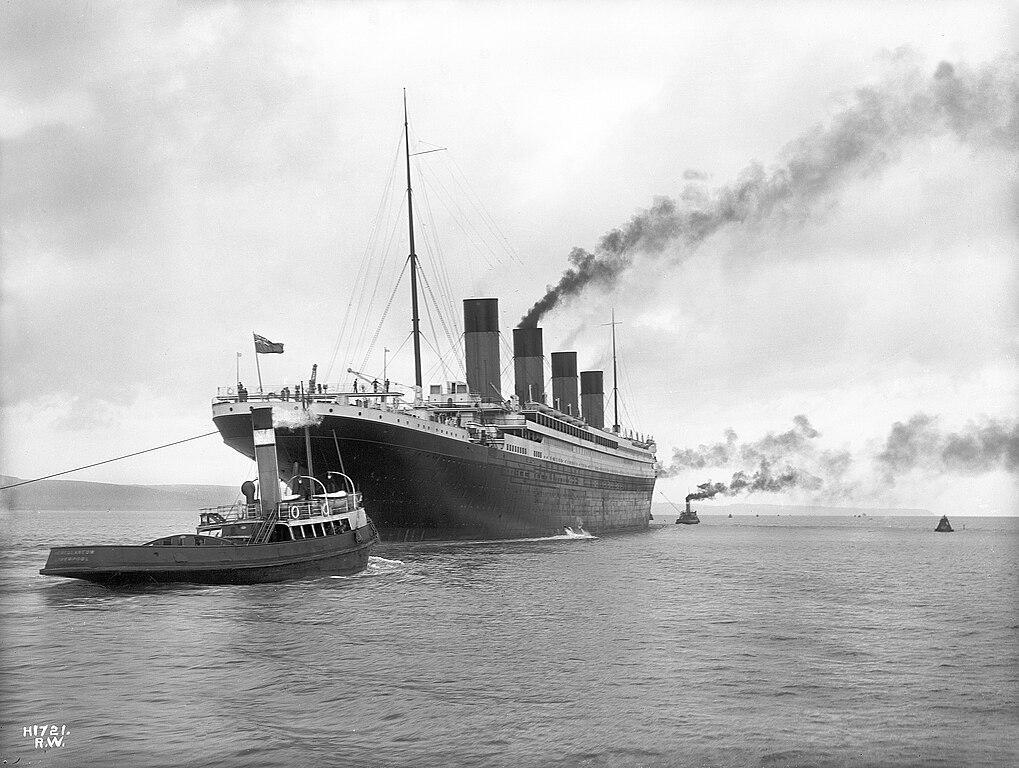
Source: Wikimedia Commons
To accommodate a wide range of passengers, there were three status classes on the Titanic; first, second, and third class. Let’s relive what it felt like voyaging on the RMS Titanic.
Entrepreneurs Exploiting Situations
Trust people with merchandise and an enterprising spirit to always look for a means of making some profit. Although the maiden voyage of the Titanic was designed to give passengers the feel of a vacation cruise, some passengers bought the ticket solely to make some money.

Source: Pinterest
Like the woman in this frame, she decided to go on board with some lace material to be sold. We don’t doubt that she must have made a lot of money from selling her wares; some very affluent people were on that ship.
Commandeered by an Experienced Captain?
After the Titanic disaster, it was discovered that her captain had crashed a ship the year before. Also, RMS Titanic was recorded to have had a close shave with an American liner called New York as she departed the Southampton dock on the 10th of April, 1912.

Source: Wikimedia Commons
Nonetheless, Captain Edward John Smith was acclaimed to be one of the best captains in the employ of White Star Line—the company that owns and operates the vessel.
The Boiler Room
The RMS Titanic was designed to run on two reciprocating steam engines, and 29 boilers powered the engines. To keep the ship going, the massive boilers had to be stoked with coal every single hour of the day. Consequently, crew members designated to the boiler rooms ran shifts.
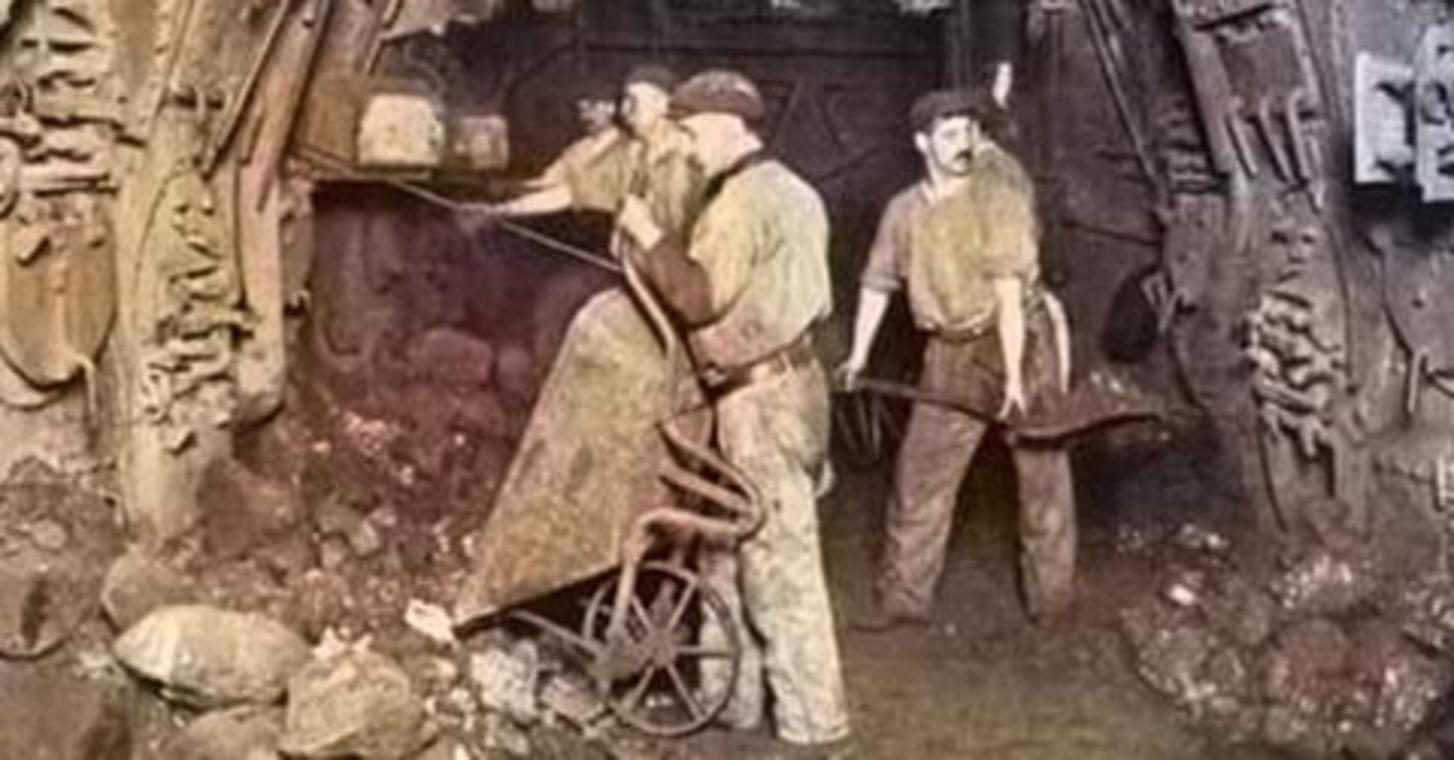
Source: Reddit
These workers were paid handsomely, but they were among the first to lose their lives after the Titanic collided with an iceberg.
The Grand Staircase
The Titanic was built to accommodate a total of 833 First Class Passengers. So, to give them a world-class experience, the ship’s interior was given a touch of luxury.
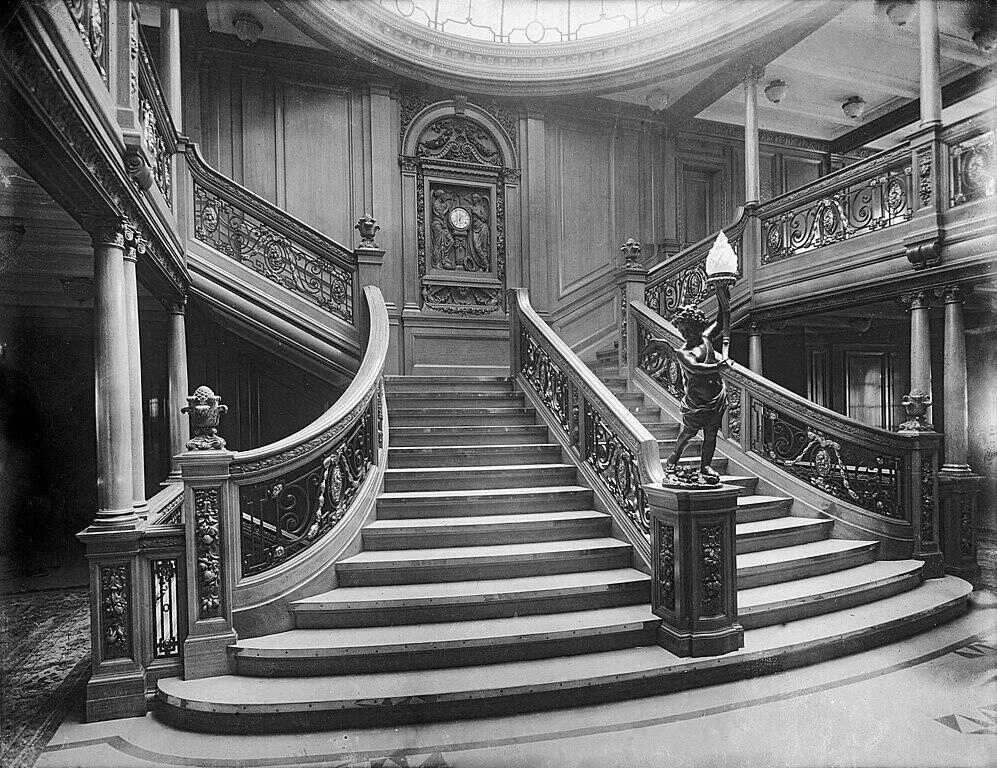
Source: Wikimedia Commons
One of the many features that distinguished the Titanic is its Grand Staircase which connected multiple decks of the ship. This staircase was so awe-inspiring that passengers would likely forget they were not in a five-star hotel.
Non-Stop Music
Music was made available throughout the Titanic’s maiden voyage, even after the iceberg collision, and during the two hours it took the ship to sink, the eight musicians aboard played all through.

Source: Reddit
These eight musicians were not on White Star Line’s payroll; they were employed by a Liverpool music agency called C.W. & F.N. Black. They traveled in second class and discharged their services in the first; unfortunately, none survived.
One of the First Liners to Have a Gymnasium
The RMS Titanic was outfitted with a gymnasium; however, only passengers on the premium plan had access to its facilities. It was a good opportunity for the first-class passengers to get active.
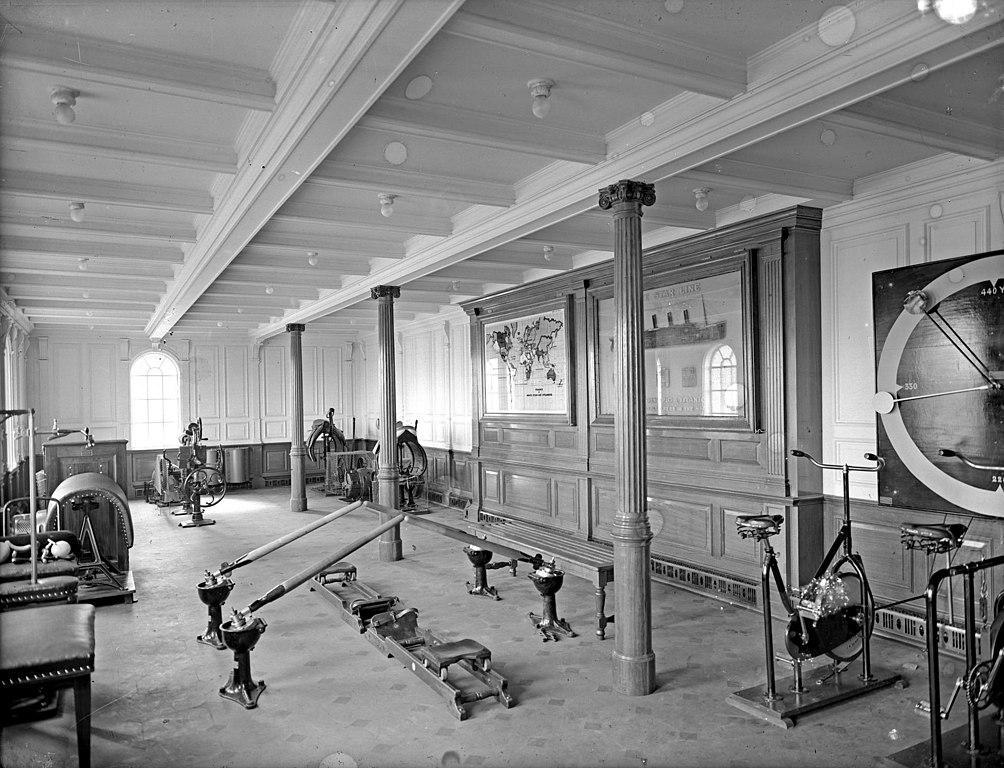
Source: Wikimedia Commons
As portrayed in Cameron’s movie, we can imagine the third-class passengers had dance halls for their version of exercise.
Games for Children
On what was called the Promenade deck, or the A deck, kids of first-class passengers were given access to games facilities, as can be seen in the frame.
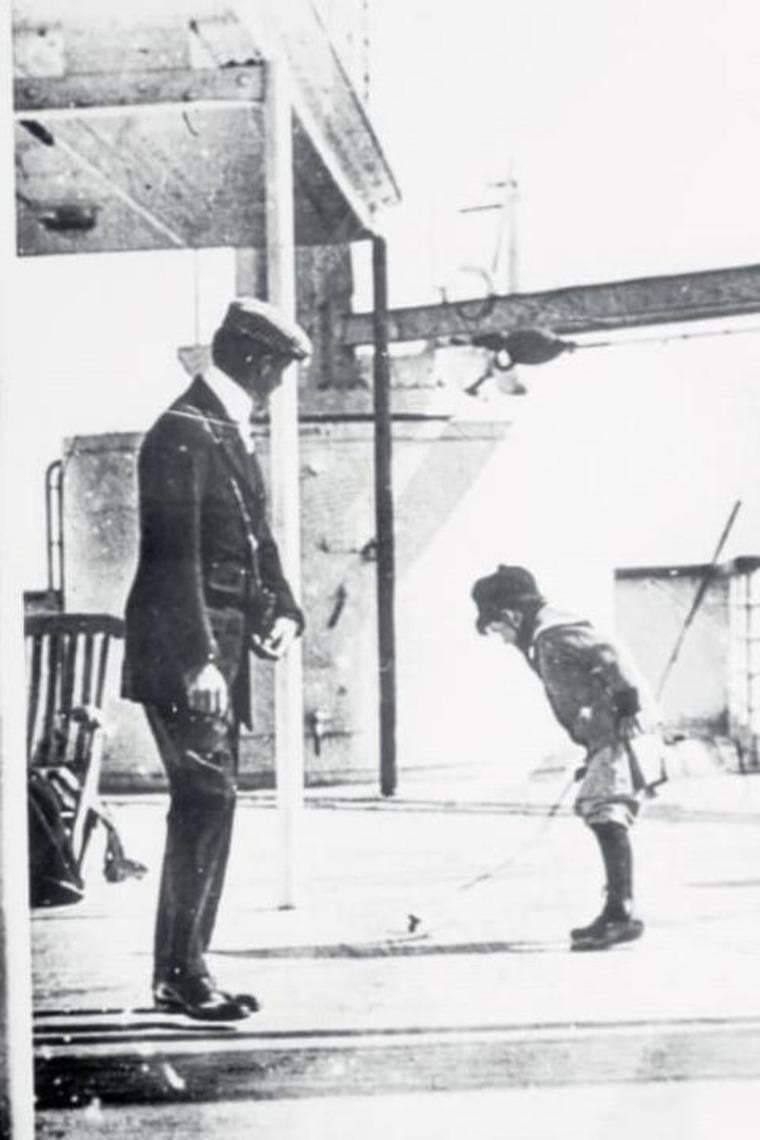
Source: Getty Images
Children in first class were also given access to the gymnasium at specific times during the day. Unfortunately, of the 109 kids aboard the Titanic, only 56 made it out alive. Most of the kids that perished in the sinking were from third class.
Palace on a Rudder
The opulence of the RMS Titanic can be seen in the exquisite decor of her interior, particularly the Promenade deck (A-Deck), which housed first-class passengers.
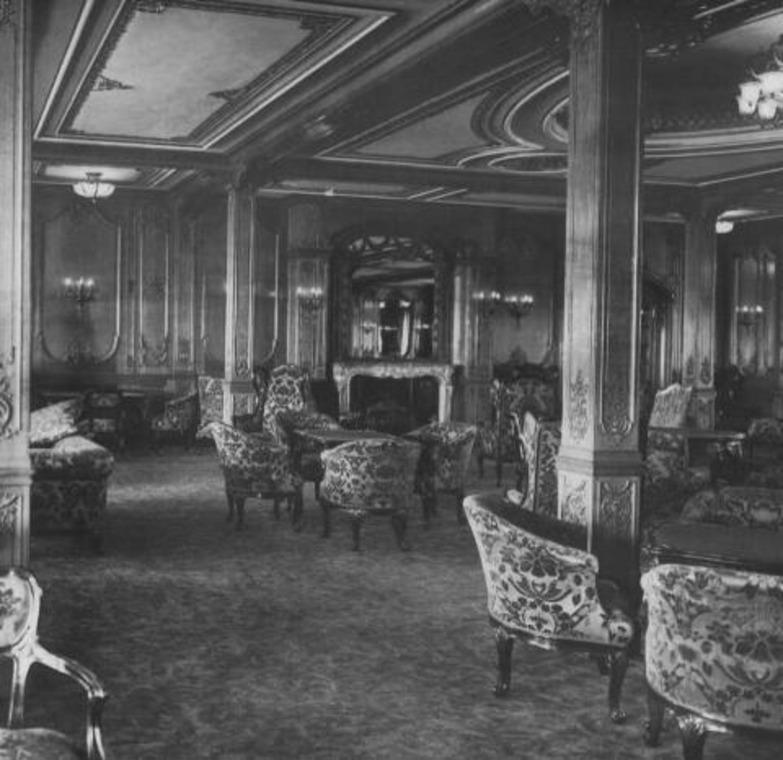
Source: Getty Images
A look at this lounge on the A-Deck of the ship showed that premium passengers of the Titanic were given a real treat for their expensive fare. First-class passengers were reportedly paid an equivalent of $1,900 in today’s currency.
Welcome to the Barber's Shop
The maiden trip of the Titanic was projected to take five days—between the 12th and 17th of April 1912. Unfortunately, the ship sank three days after departure.
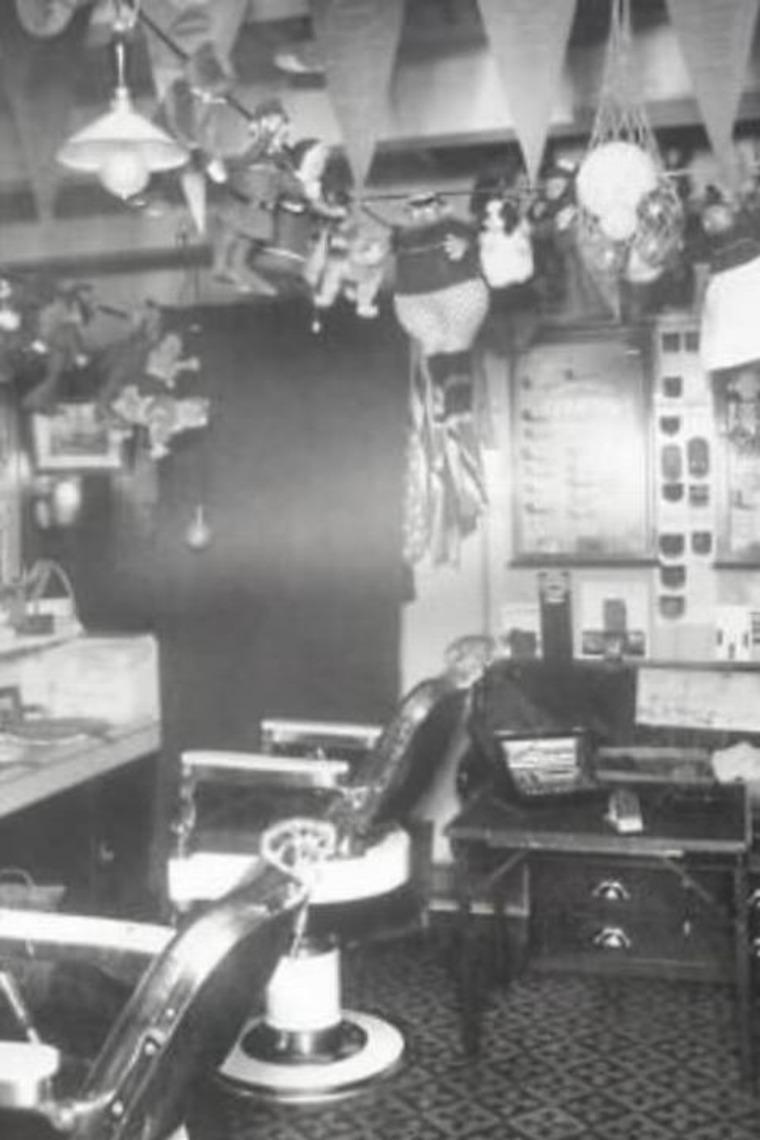
Source: Reddit
Of course, no one would have needed a major haircut during the journey, but men probably had to trim their beards and mustache. The RMS Titanic had two barber shops, one for first-class passengers and the other for second-class.
A Restaurant in the Style of The Ritz Hotel
On the RMS Titanic’s B-Deck was a concessioned restaurant run by a reputable chef, which provided a listed menu from which customers could pick.

Source: Wikimedia Commons
We can imagine Chef Gaspare Gatti must have made a lot of money from running this initiative aboard one of the most prestigious vessels of the time. The restaurant was likely a go-to place for passengers who didn’t like the ship’s general serving or wanted to hang out.
Luxurious Cabins
On the B-Deck of the Titanic, the ship’s designer situated royally furnished cabins for first-class passengers. This was the peak of comfort on a sea liner. James Cameron had to recreate some of these exquisite cabins while filming his 1997 movie.
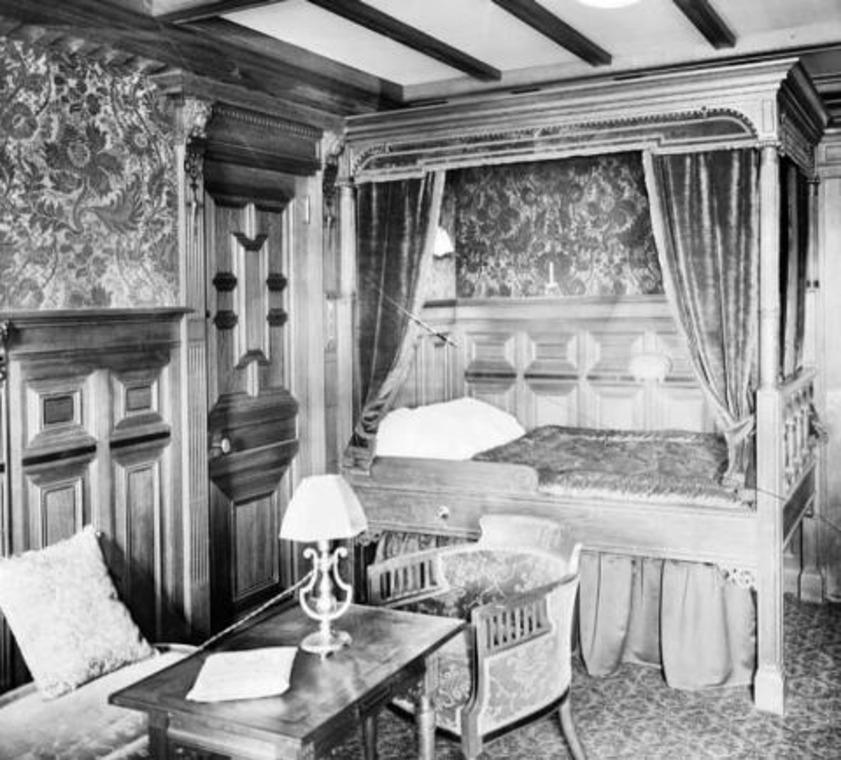
Source: Reddit
These cabins were made private and solely for the elite. Before the voyage got rough, third-class passengers were not allowed in this section of the vessel.
Second Class Luxury
The Titanic’s designer was detailed enough to also provide something close to luxury for Second Class Passengers. Their cabin was located on the C-Deck and was designed to have ensuite facilities.

Source: Pinterest
For wealthy but frugal passengers, these second-class cabins must have provided as much comfort as the palaces in the first-class section. In fact, it is argued that some of the Titanic’s second-class cabins were on par with the premium ones.
Traveling Like a Seaman
In the military, just basic facilities are provided in the cabins of Naval seamen. Besides this description, the only comparison we could make to the third-class living quarters on the Titanic is prison cells.
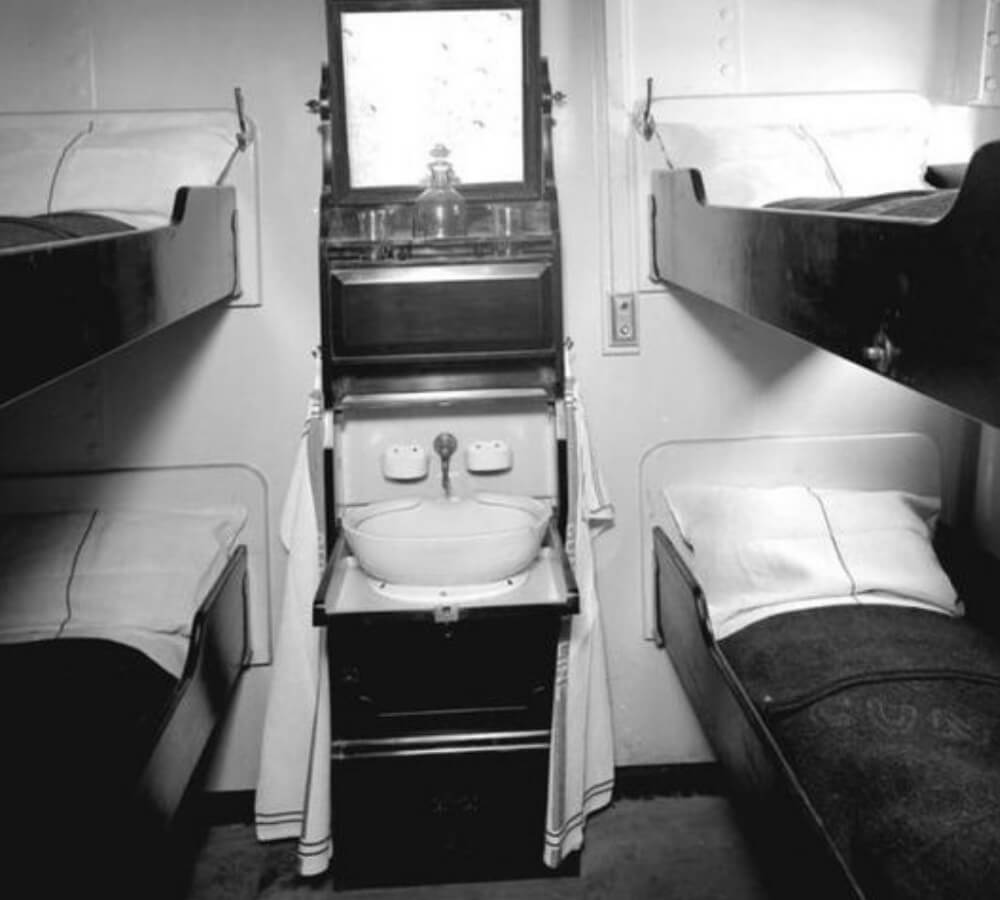
Source: Pinterest
Unfortunately, the third-class cabins were built into the lower decks. So, when the Titanic hit the iceberg in the early morning hours, many third-class passengers were still asleep.
The Third-Class Dining Hall
The dining space designated for third-class passengers looked fairly better than a YMCA cafeteria.

Source: Pinterest
However, despite its wide contrast from the first and second-class diners and longest, it would still have qualified as a luxury for the average third-class passenger of the Titanic. The cafeteria served meals with China ceramics and silverware cutleries on well-set furniture.
The Titanic's Mail Cargo
It was rumored that many expensive artifacts sunk with the Titanic, and something similar to this narrative was portrayed in James Cameron’s movie.

Source: Wikimedia Commons
However, it was reported that the most valued item on the ship was an oil painting by Merry-Joseph Blondel. The piece was part of the cargo being transported by the Titanic, which has also been certified as a cargo ship by the Royal Mail Service.
Great Ship, Mighty Propellers
Going by the large size and weight of the RMS Titanic, the designers had to build three monstrous propellers to give the ship thrust. The steam-powered engines drove the two-wing propellers and the central propeller.
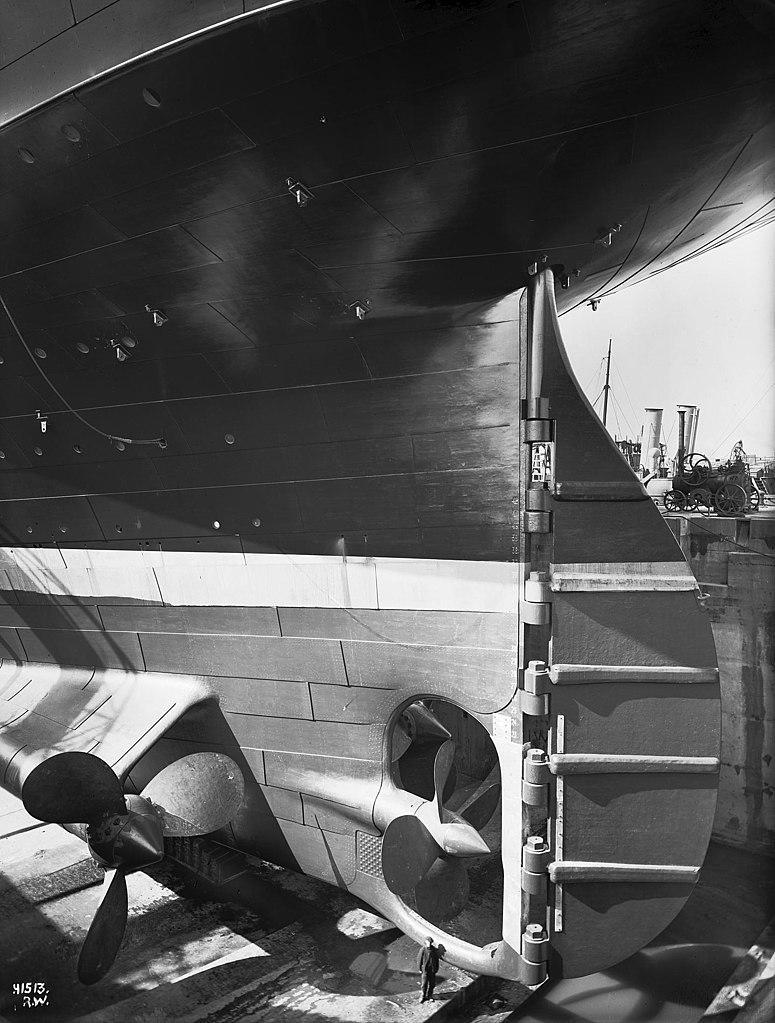
Source: Wikimedia Commons
The steering rudder was also controlled by a mechanism powered by a dedicated steam engine. In this frame, the man standing beneath the central propeller gives perspective to the ship’s size.
Five-Star Luggage Handling
On most cruise liners of the 1900s, passengers must make arrangements for how to haul their luggage onboard. This detail often discouraged wealthy passengers from traveling with a lot of luggage.
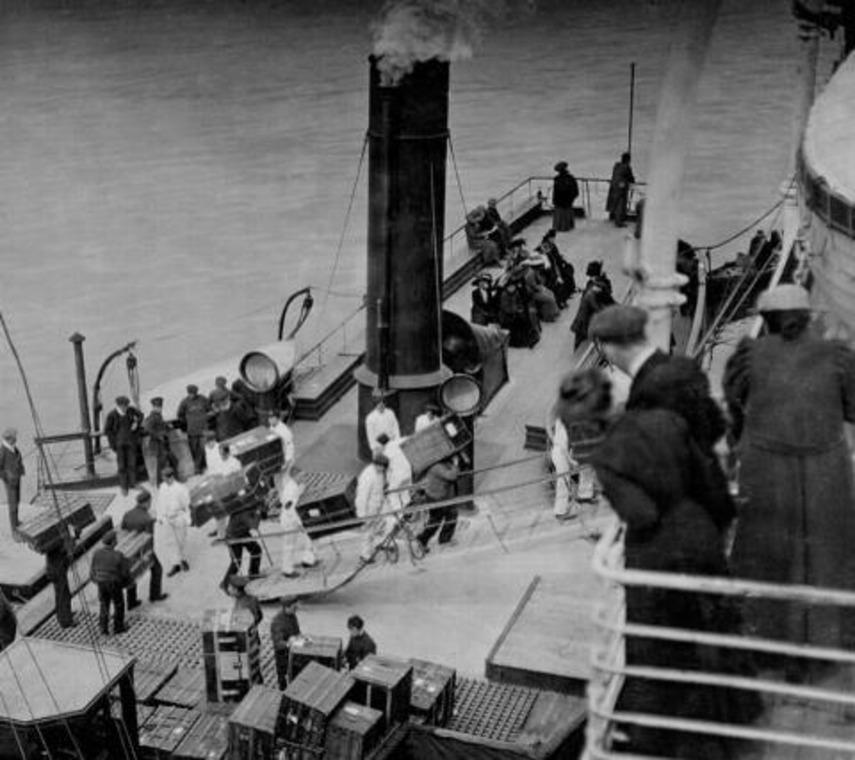
Source: Pinterest
However, the Titanic was equipped with electric cranes and steam winches operated by crew members. So, the cargo and baggage of passengers were onboarded by crew members. It is a pity all that luggage did not make it to New York.
The Titanic Wreck Today
In the 1990s, when the Titanic’s wreck was first discovered, the ship was found to have been well preserved. However, when deep-sea exploration of the wreck resumed in 2019, the vessel was observed to be deteriorating fast.
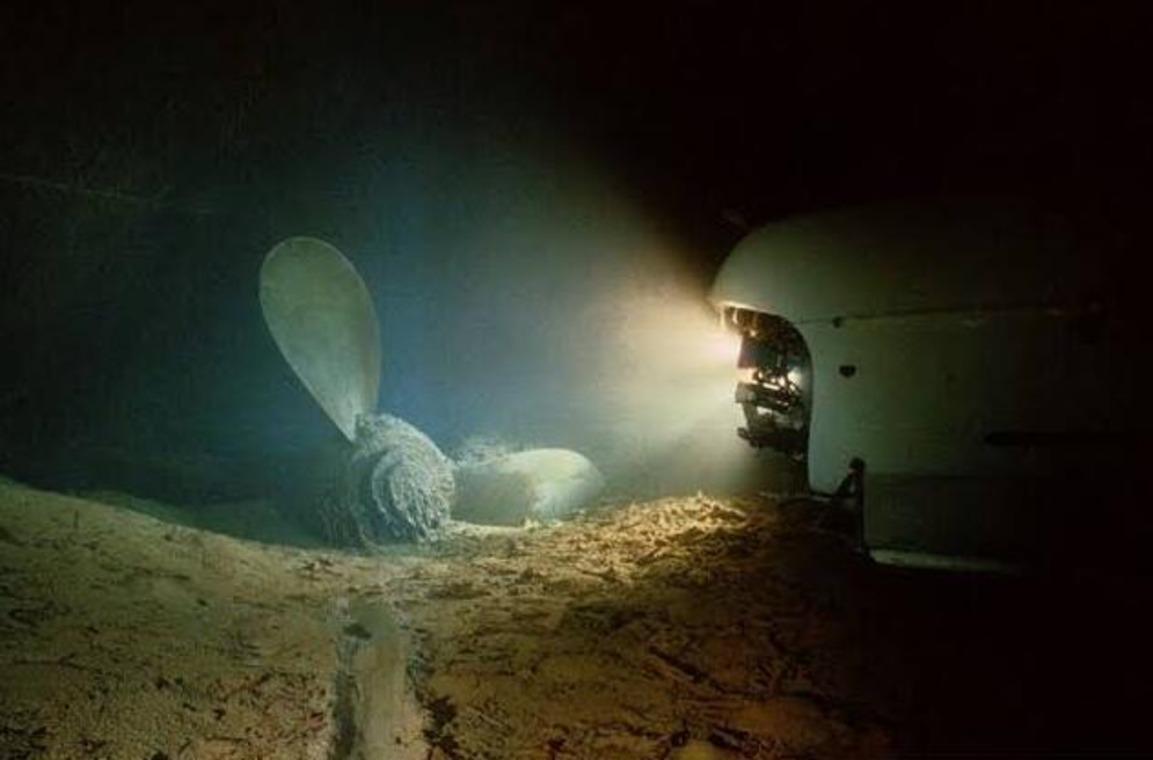
Source: Pinterest
The furniture and fittings were missing, probably swept far away by strong ocean currents. Unfortunately, just one of the giant propellers is still intact and attached to the wreckage.
A Room that Gathered Dust
The designers of the Titanic included a reading room for first-class female passengers. Yes, you read that right, a reading room specifically designated for women, and it had color themes to fit the purpose.
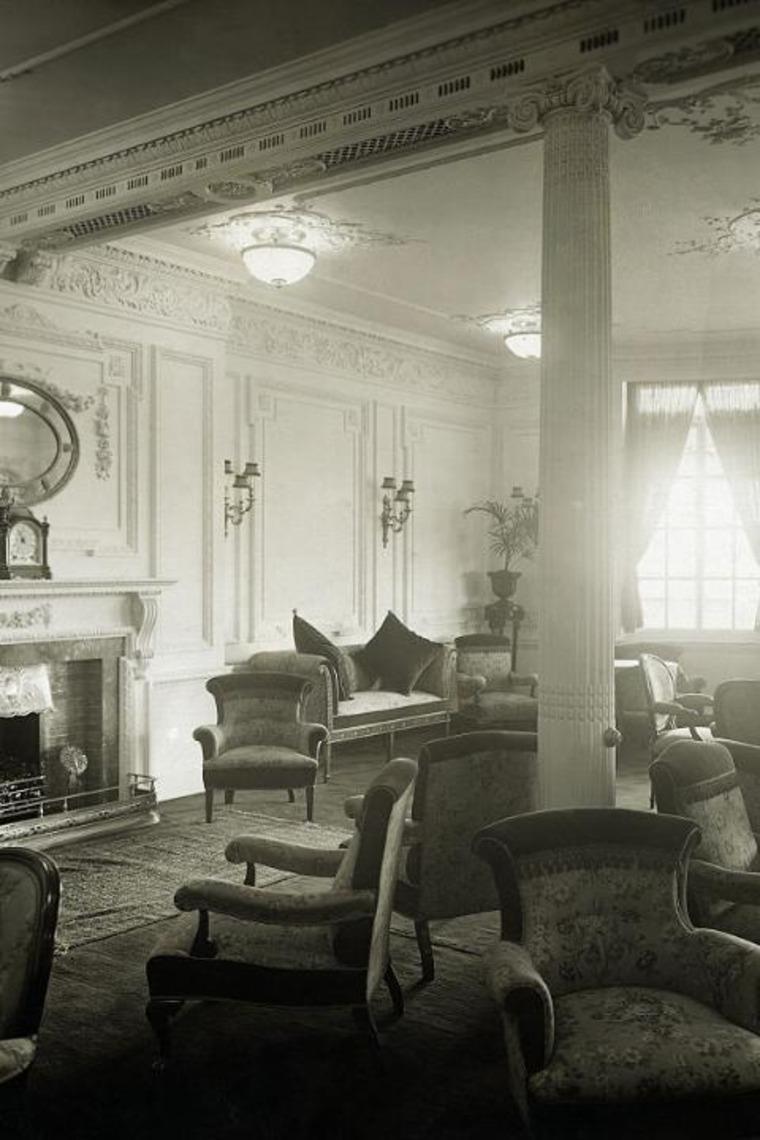
Source: Getty Images
The idea was to provide the women a space to retreat and chat in after dinner. Unfortunately, it was left largely unused during the voyage.
Top Deck for the Brave Hearted
On the Titanic, most passengers were allowed on the top deck, which is where the lifeboats, cranes, and winches were located. It was definitely no place for people who get seasick easily; the sight of water stretched out on the horizon, and strong winds can trigger that feeling.
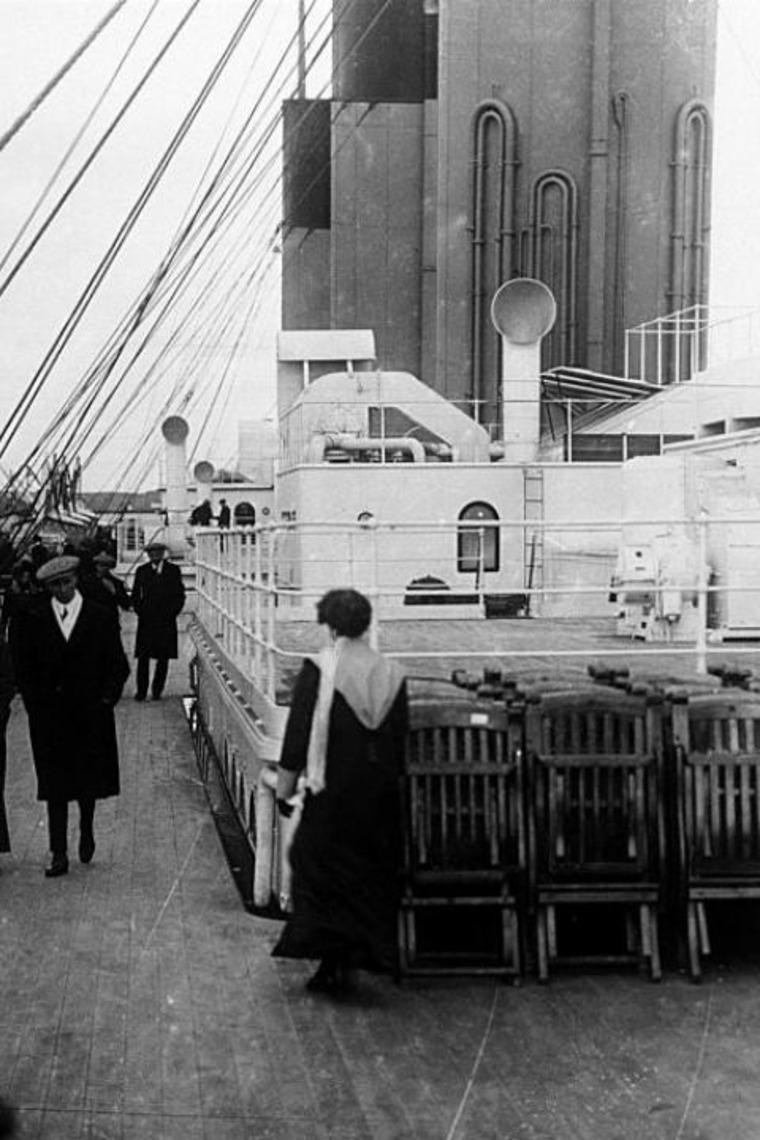
Source: Getty Images
Like the living quarters, the top deck was sectioned; a part for second-class passengers, another for engineers and officers, and the last portion for first-class passengers.
Yet Another First
It is now a common sight to find cruise ships with multiple swimming pools on deck. However, in the 1900s, the Titanic was one of the first vessels to have such a futuristic feature.
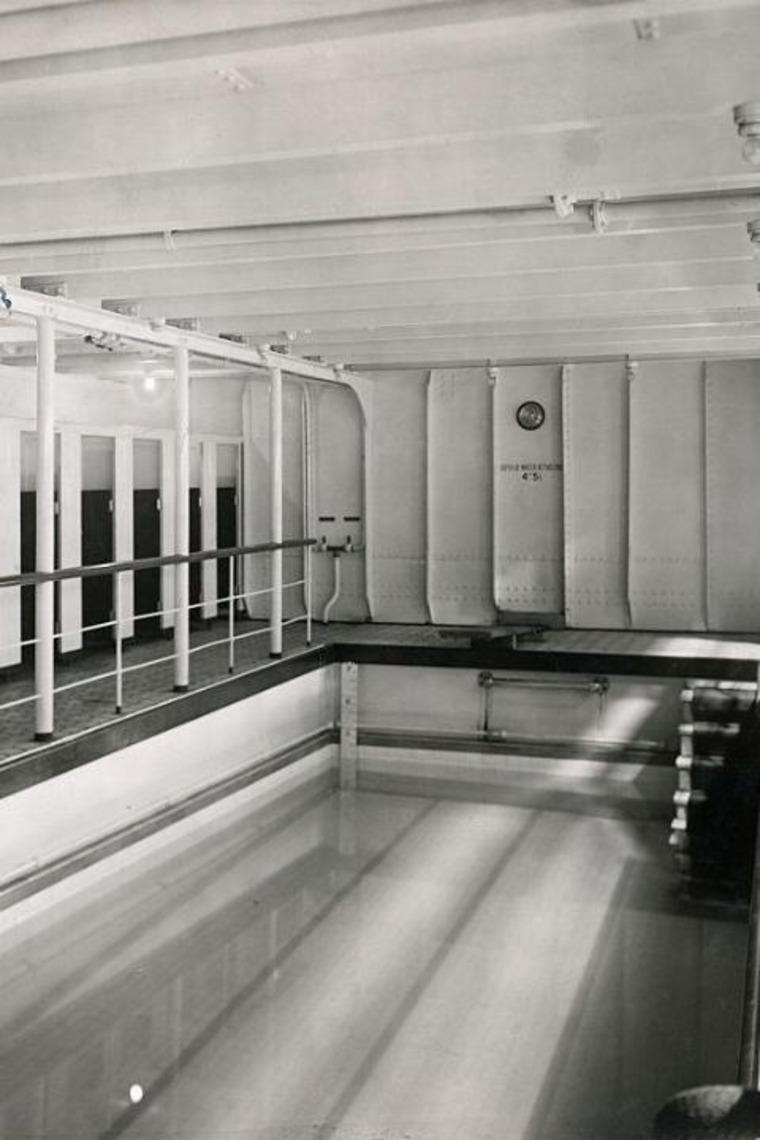
Source: Getty Images
The Titanic’s swimming pool was located on the same deck as the kennel and Turkish bath. Unlike the pools recent cruise ship have, which has treated water, Titanic’s swimming pool only had heated salt water.
Teatime Was for Small Talk
Passengers often enjoyed tea time in the lounge or the Veranda Café. First-class passengers seldom had any chores, as they had stewards at their service. So, the women had a lot of time engaging in subtle gossip while the men discussed business or politics.

Source: Getty Images
In the lounges, first and second-class passengers could order alcohol as early as 8 am. However, these areas were mainly used for social discussions.
The Great Titanic
The name—Titanic—came from Greek mythology. The construction of the Titanic commenced in 1909 and was undertaken by Harland & Wolff in Belfast, Ireland.
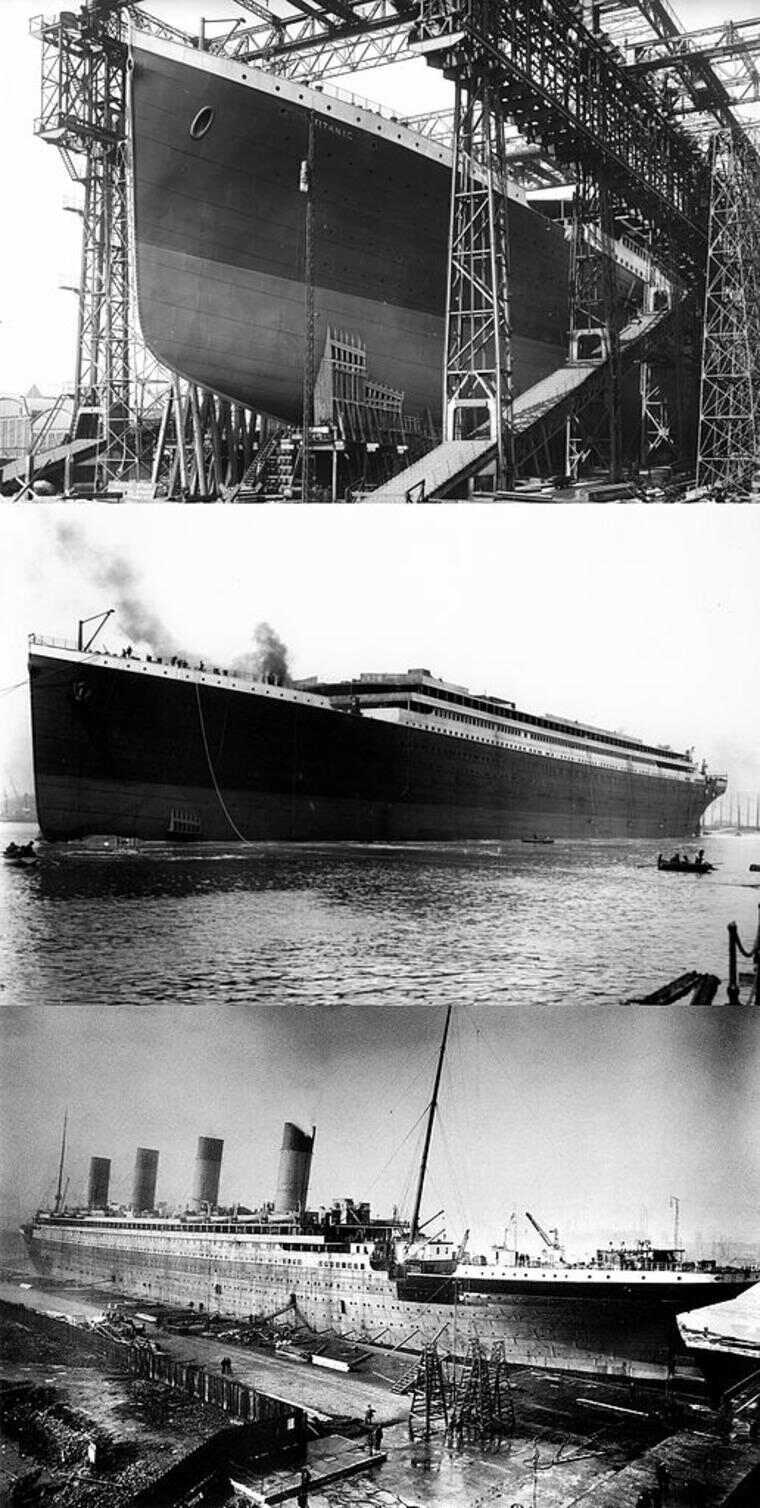
Source: Wikimedia Commons
Twenty-six months later, the ship was completed and launched, making it the largest ocean liner of the time. The metal beam in this frame is one of the many braces used in the construction of the Titanic at the Belfast shipyard.
The Titanic's Marconi Radio
The RMS Titanic was fitted with the most sophisticated radio technology of its time. The radio room was equipped by the Marconi Company, which equally provided two of their employee to operate the radio room.
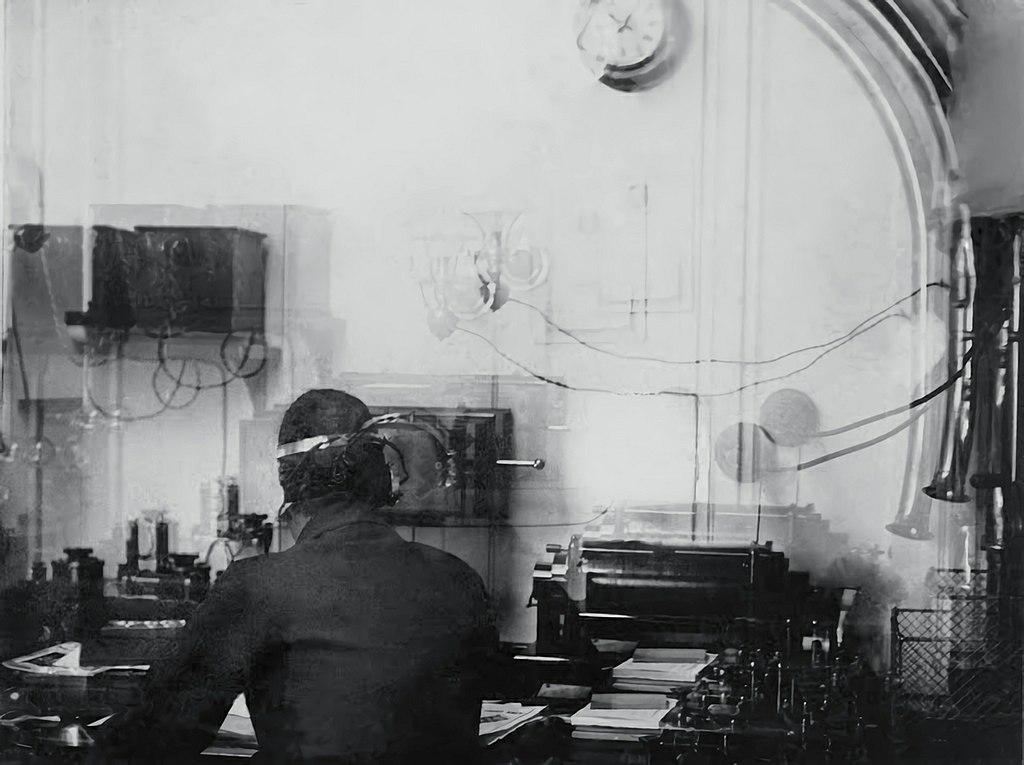
Source: Wikimedia Commons
To complement the radiotelegraphy equipment, the Titanic had a strong antenna transmitter installed, capable of covering a 350-mile radius of the ship. In this frame, you can see the only surviving picture of the Titanic’s radio room.
Titanic's Life Boats
On the top deck of the Titanic were 20 life boats for emergency purposes and 16 davits for lowering boats. Unfortunately, some of the cranes were faulty, and most of the crew members seemed untrained in lowering lifeboats.

Source: Wikimedia Commons
Consequently, some of the boats capsized during lowering. If all 20 lifeboats had been lowered safely as the Titanic sank, 1,178 people would have been saved.
Saved By the RMS Carpathia
Right after the iceberg collision, the Titanic sent distress messages to vessels it could reach. Of all three ships contacted, the RMS Carpathia was the only vessel early enough to rescue survivors from the lifeboats.
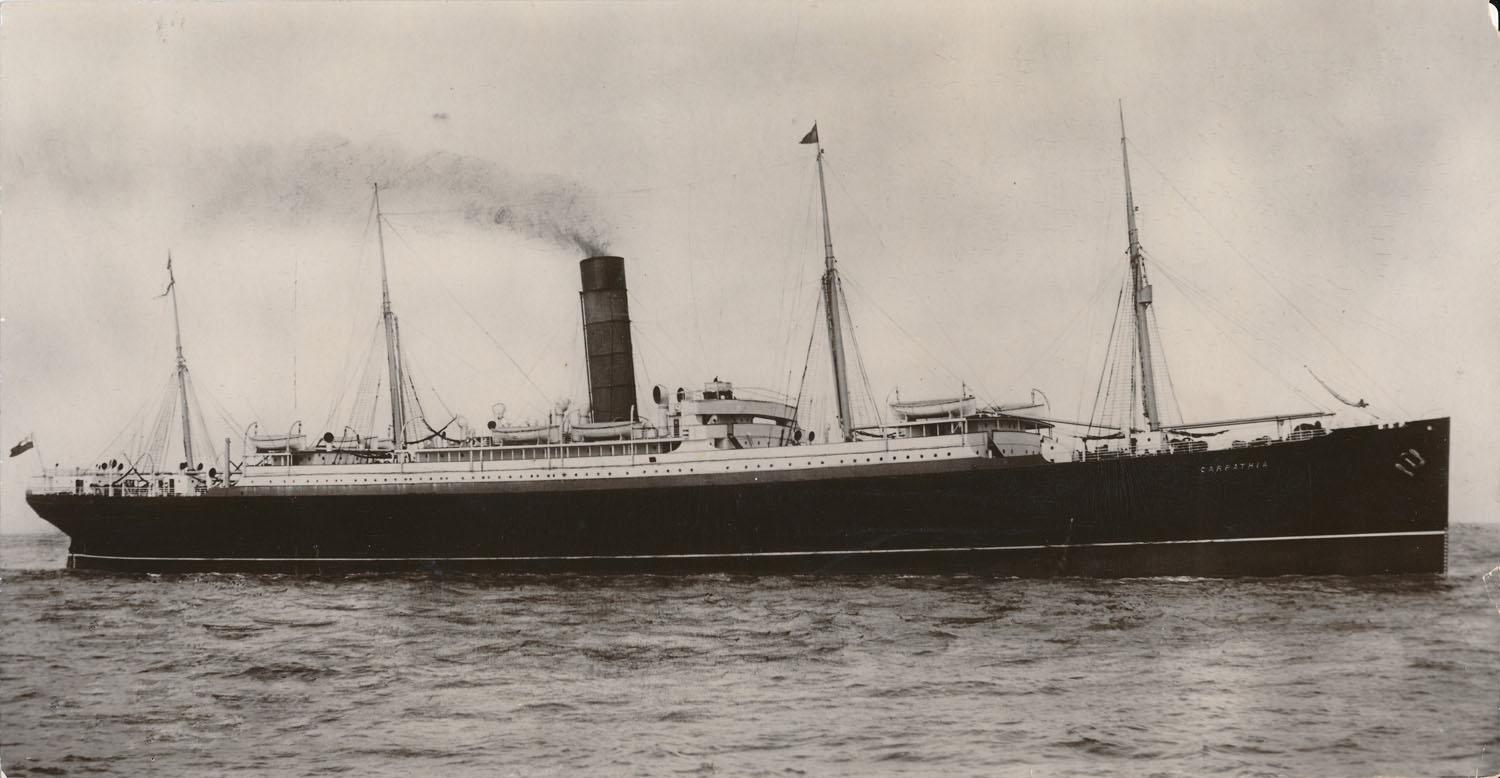
Source: Wikimedia Commons
The RMS Carpathia could not rescue the sinking Titanic, but she evacuated the survivors in the lifeboats to New York. They tried reaching passengers in the water, but sadly, none survived the frigid cold.
